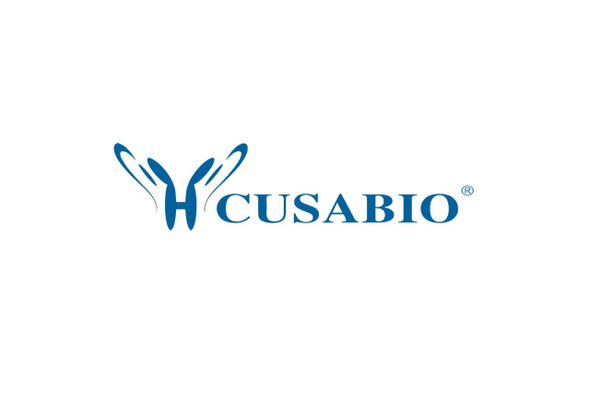Cusabio Human Recombinants
Recombinant Human UV excision repair protein RAD23 homolog A (RAD23A) (T131A) | CSB-EP019259HU(M)
- SKU:
- CSB-EP019259HU(M)
- Availability:
- 13 - 23 Working Days
Description
Recombinant Human UV excision repair protein RAD23 homolog A (RAD23A) (T131A) | CSB-EP019259HU(M) | Cusabio
Alternative Name(s): UV excision repair protein RAD23 homolog A(HR23A)(hHR23A)
Gene Names: RAD23A
Research Areas: Epigenetics and Nuclear Signaling
Organism: Homo sapiens (Human)
AA Sequence: MAVTITLKTLQQQTFKIRMEPDETVKVLKEKIEAEKGRDAFPVAGQKLIYAGKILSDDVPIRDYRIDEKNFVVVMVTKTKAGQGTSAPPEASPTAAPESSTSFPPAPTSGMSHPPPAAREDKSPSEESAPATSPESVSGSVPSSGSSGREEDAASTLVTGSEYETMLTEIMSMGYERERVVAALRASYNNPHRAVEYLLTGIPGSPEPEHGSVQESQVSEQPATEAGENPLEFLRDQPQFQNMRQVIQQNPALLPALLQQLGQENPQLLQQISRHQEQFIQMLNEPPGELADISDVEGEVGAIGEEAPQMNYIQVTPQEKEAIERLKALGFPESLVIQAYFACEKNENLAANFLLSQNFDDE
Source: E.coli
Tag Info: N-terminal 10xHis-tagged and C-terminal Myc-tagged
Expression Region: 1-362aa(T131A)
Sequence Info: Full Length of Isoform 3
MW: 47.0 kDa
Purity: Greater than 85% as determined by SDS-PAGE.
Relevance: Multiubiquitin chain receptor involved in modulation of proteasomal degradation. Binds to 'Lys-48'-linked polyubiquitin chains in a length-dependent manner and with a lower affinity to 'Lys-63'-linked polyubiquitin chains. Proposed to be capable to bind simultaneously to the 26S proteasome and to polyubiquitinated substrates and to deliver ubiquitinated proteins to the proteasome.; Involved in nucleotide excision repair and is thought to be functional equivalent for RAD23B in global genome nucleotide excision repair (GG-NER) by association with XPC. In vitro, the XPC:RAD23A dimer has NER activity. Can stabilize XPC.; (Microbial infection) Involved in Vpr-dependent replication of HIV-1 in non-proliferating cells and primary macrophages. Required for the association of HIV-1 Vpr with the host proteasome.
Reference: Components of the ubiquitin-proteasome pathway compete for surfaces on Rad23 family proteins.Goh A.M., Walters K.J., Elsasser S., Verma R., Deshaies R.J., Finley D., Howley P.M.BMC Biochem. 9:4-4(2008)
Storage: The shelf life is related to many factors, storage state, buffer ingredients, storage temperature and the stability of the protein itself. Generally, the shelf life of liquid form is 6 months at -20?/-80?. The shelf life of lyophilized form is 12 months at -20?/-80?.
Notes: Repeated freezing and thawing is not recommended. Store working aliquots at 4? for up to one week.
Function:
Involvement in disease:
Subcellular Location:
Protein Families:
Tissue Specificity:
Paythway:
Form: Liquid or Lyophilized powder
Buffer: If the delivery form is liquid, the default storage buffer is Tris/PBS-based buffer, 5%-50% glycerol. If the delivery form is lyophilized powder, the buffer before lyophilization is Tris/PBS-based buffer, 6% Trehalose, pH 8.0.
Reconstitution: We recommend that this vial be briefly centrifuged prior to opening to bring the contents to the bottom. Please reconstitute protein in deionized sterile water to a concentration of 0.1-1.0 mg/mL.We recommend to add 5-50% of glycerol (final concentration) and aliquot for long-term storage at -20?/-80?. Our default final concentration of glycerol is 50%. Customers could use it as reference.
Uniprot ID: P54725
HGNC Database Link: N/A
UniGene Database Link: N/A
KEGG Database Link: N/A
STRING Database Link: N/A
OMIM Database Link: N/A






